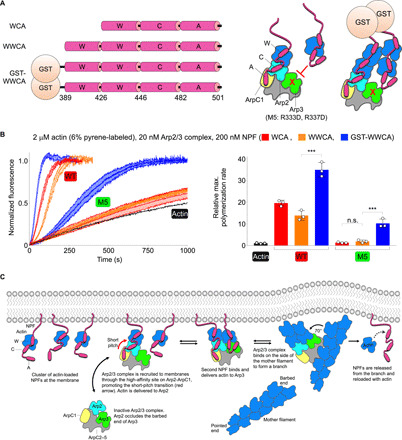Fig. 6. NPF-mediated actin delivery to both Arps is required for mammalian Arp2/3 complex activation.

(A) (Left) Design of the dimeric N-WASP WWCA construct (see also fig. S9B). (Right) Schematic illustration of the hypothetical delivery of an actin subunit at the barbed end of Arp3 in mutant M5 (with a disrupted 498EWE500 motif-binding pocket in Arp3) through GST-mediated NPF dimerization, which cannot be accomplished with monomeric NPFs. (B) (Left) Time course of actin polymerization by Arp2/3 complex (WT and M5) in the presence of N-WASP constructs WCA, WWCA, and GST-WWCA. (Right) Relative polymerization rates calculated by determining the first derivative of the curve and normalizing the maximum derivative value to that of actin alone (n = 3). The statistical significance of the measurements was determined using an unpaired two-sided Student’s t test (n.s., P ≥ 0.05; ***P < 0.001). (F) Model of Arp2/3 complex activation and branch formation steps (left to right) by clusters of NPFs at membranes.
